KEEP UP WITH OUR DAILY AND WEEKLY NEWSLETTERS
happening this week! holcim, global leader in innovative and sustainable building solutions, enables greener cities, smarter infrastructure and improving living standards around the world.
PRODUCT LIBRARY
by upcycling mass-produced furniture, YET architecture and BDM architects blurs the lines between standardization and personalization.
yamaha design laboratory's concept project upcycles rare woods originally intended for marimba tone bars and pianos.
find out more about this year's maison&objet, as well as the must-see exhibitions, and cultural events in the run-up to paris design week 2024.
connections: 9
discover the magic behind ressence’s TYPE 3 BB2 watch - a mechanical marvel that looks like it is powered by LEDs but is purely crafted with hundreds of intricate pieces.
connections: +390
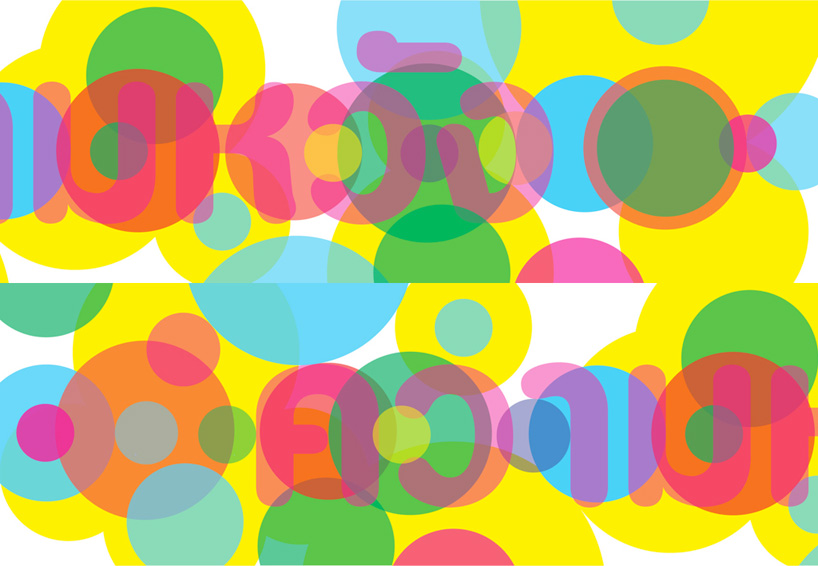
 powderhorn flag
powderhorn flag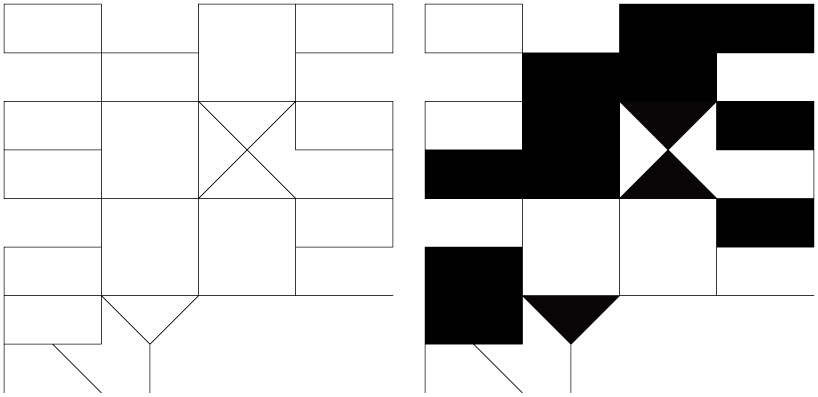 two variations of the shoebox gallery logotype
two variations of the shoebox gallery logotype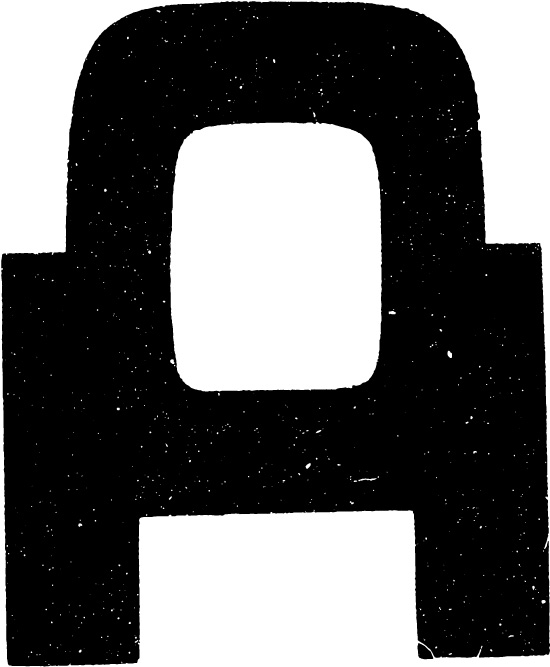 ficciones typografika – experiment with letraset
ficciones typografika – experiment with letraset
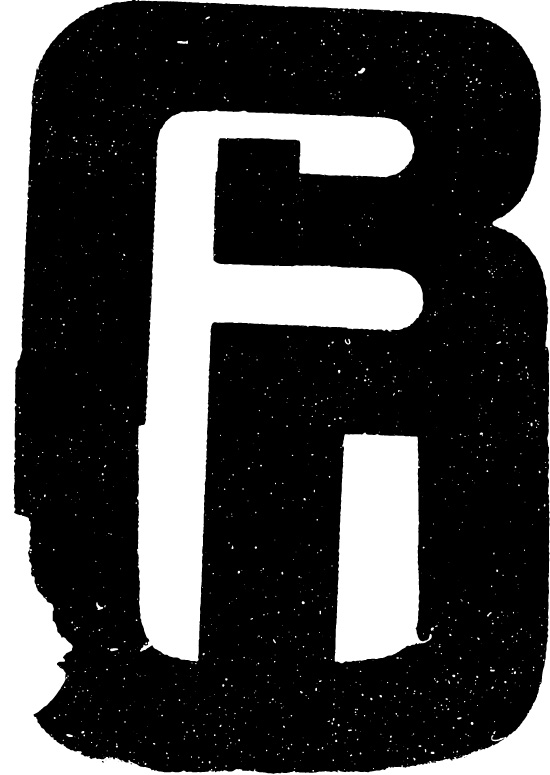 ficciones typografika – experiment with letraset
ficciones typografika – experiment with letraset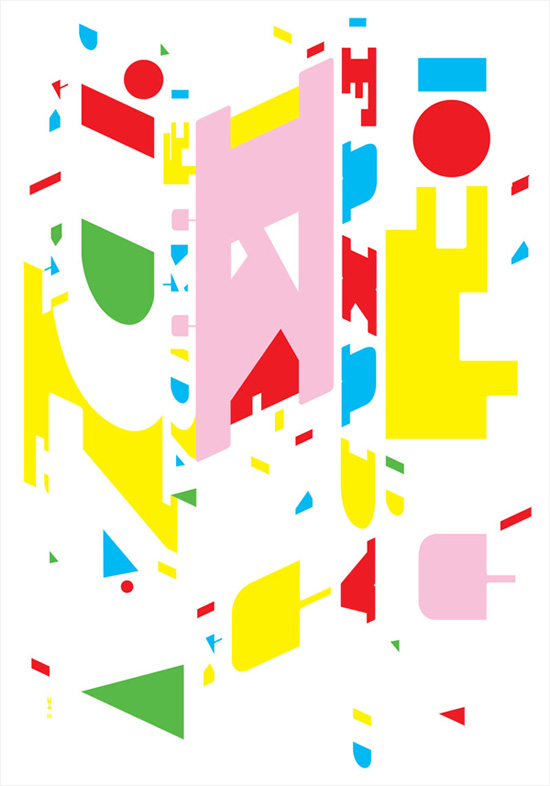 para fukuda poster – hommage to shigeo fukuda
para fukuda poster – hommage to shigeo fukuda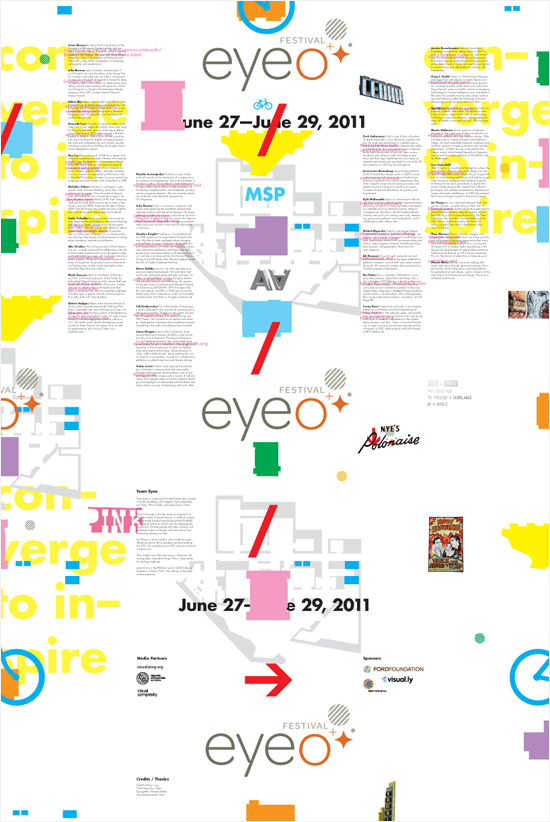 eyeo festival poster
eyeo festival poster VCU chair poster
VCU chair poster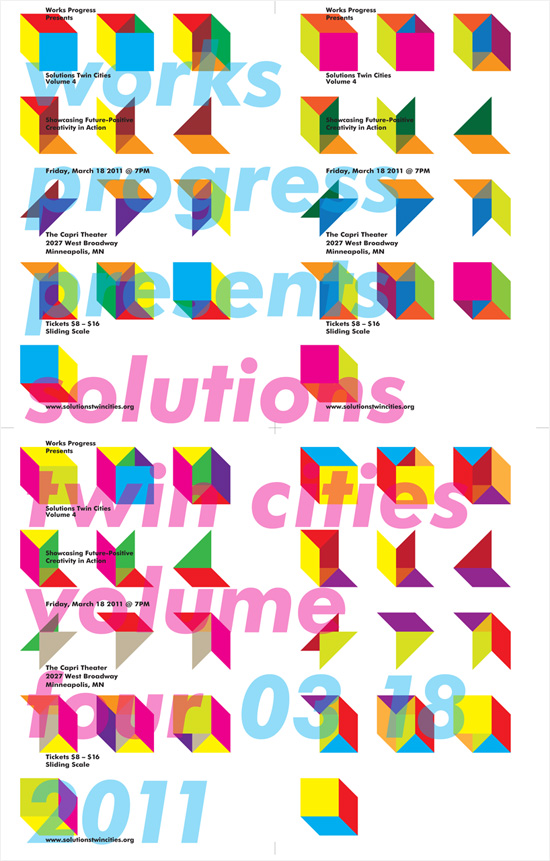 works progress poster
works progress poster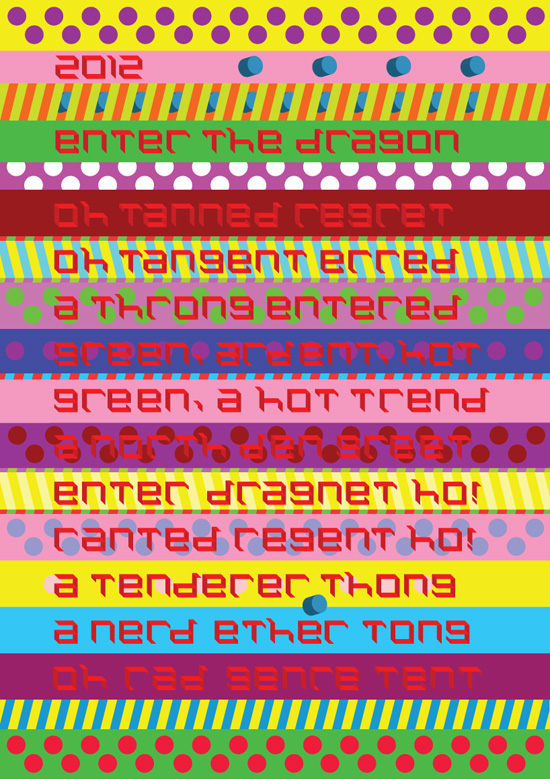 enter the dragon poster – a collaboration with elisabeth workman(each line is an anagram of ‘enter the dragon’)
enter the dragon poster – a collaboration with elisabeth workman(each line is an anagram of ‘enter the dragon’)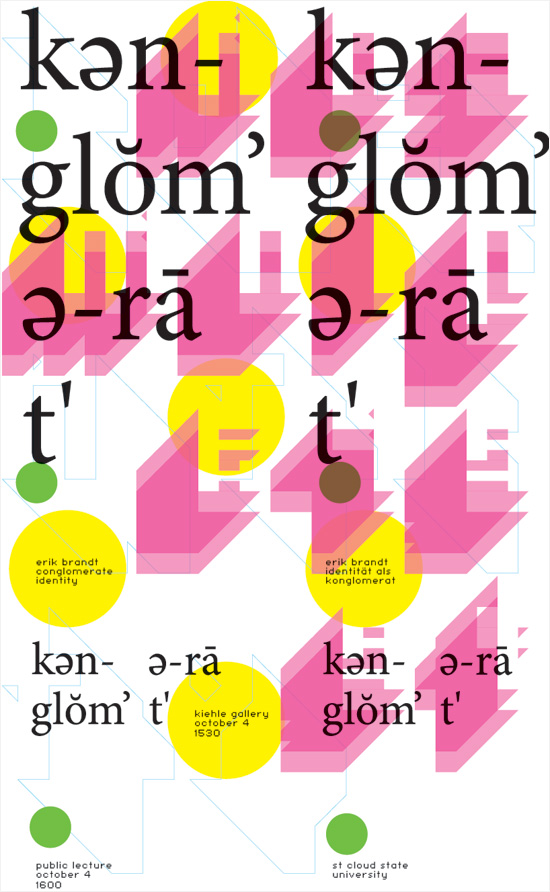 post cards for a solo exhibition of brandt’s work
post cards for a solo exhibition of brandt’s work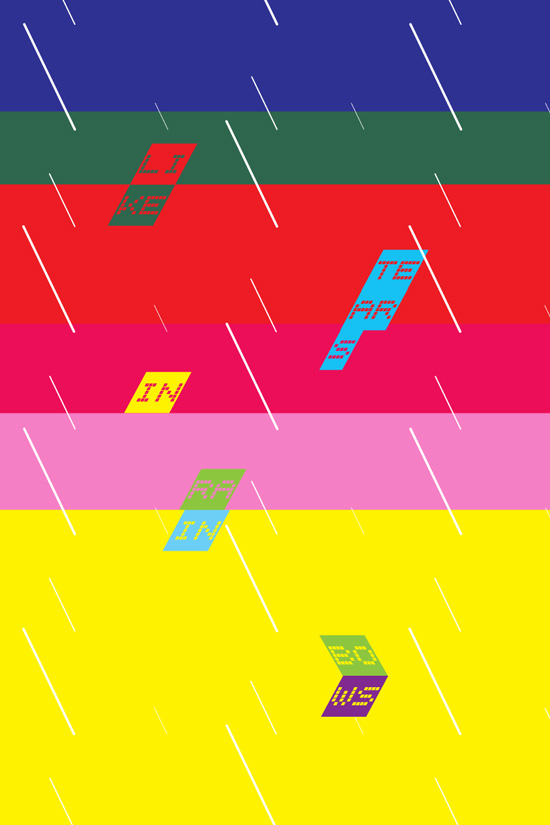 like tears in rainbows – centerfold design for CRACK magazine
like tears in rainbows – centerfold design for CRACK magazine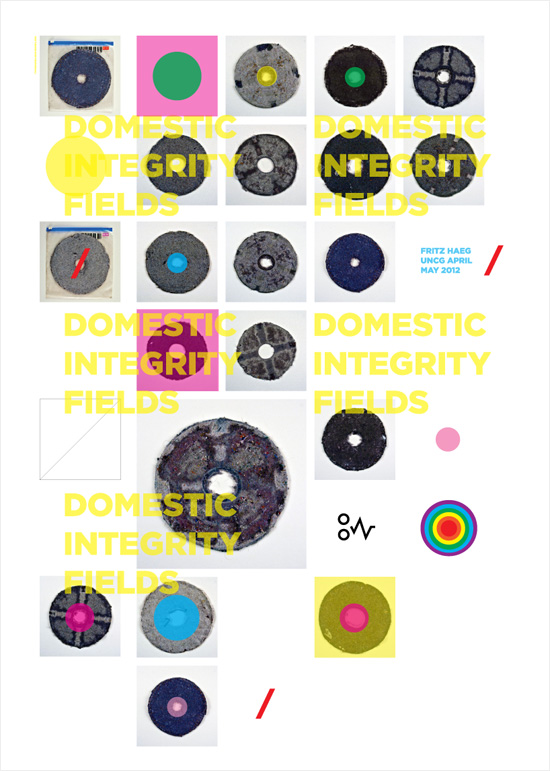 link data disks poster –
link data disks poster – 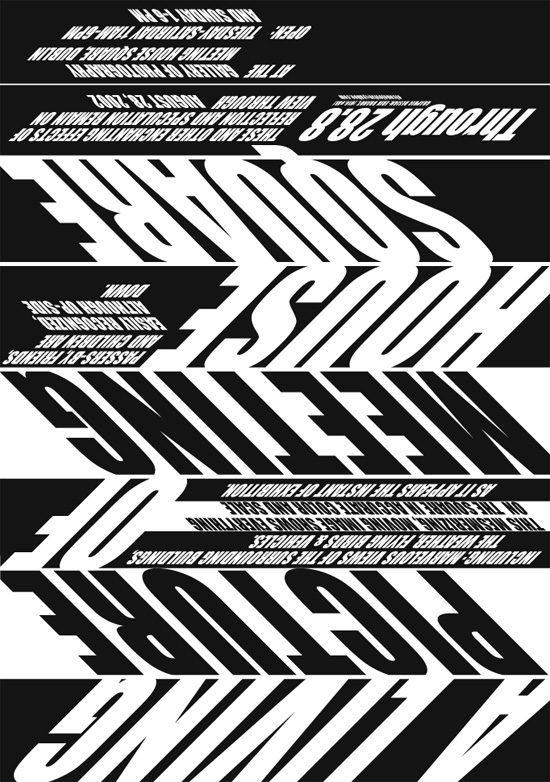 ‘a living picture of meeting house square’ poster for richard torchia
‘a living picture of meeting house square’ poster for richard torchia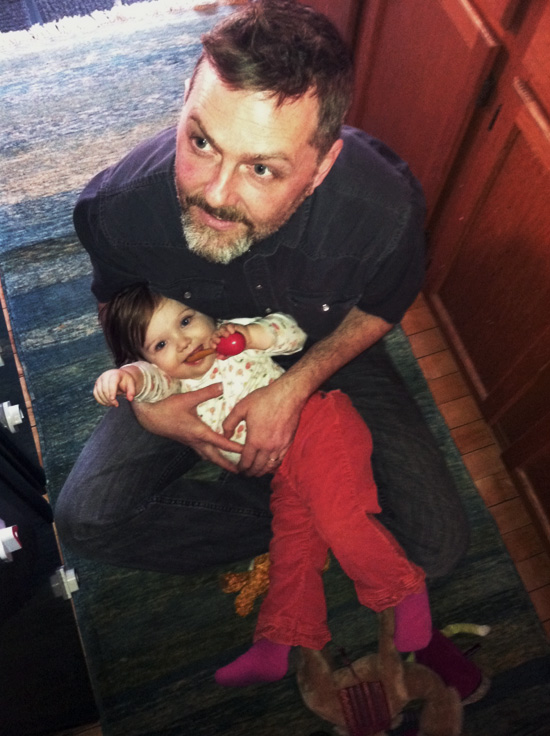 erik brandt with his daughter beatrix
erik brandt with his daughter beatrix









